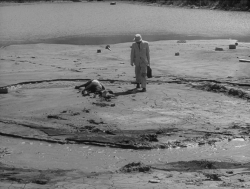Reviews
Allan Dwan
USA, 1929
Credits
Review by Cullen Gallagher
Posted on 27 February 2009
Source Kino DVD
Categories The Silence After Sound: Hollywood’s Last Silent Movies
Douglas Fairbanks was the king of Hollywood in the silent era. Off-screen, he defined the dapper gentleman that was to be expected of Hollywood stars: his wife and queen was “America’s Sweetheart” Mary Pickford, and their castle was Pickfair, a palace where all of cinema’s royalty gathered. On-screen, though, he was something else all together—he was the embodiment of all the magic that the movies promised to provide. As Jeanine Basinger rhapsodized, “Once upon a time, and that time was not so very long ago, when little boys dreamed of grand heroes who dares and dueled, who fought and won, who leaped and flew through the air… their dreams came true in the form of Douglas Fairbanks.”1
But with the coming of sound, Fairbanks’ empire was threatened. Director Allan Dwan has said, “Doug was a manly-looking young man, but he had a high voice,”2 while Basinger commented that, “not only did sound render the Fairbanks type of romantic adventure temporarily old-fashioned, but he himself aged past the point at which such roles felt right for him.”3 Fairbanks funneled all of these anxieties into what would be his final silent film, a goodbye to the silent screen, and the apotheosis of a career: The Iron Mask.
In deference to the technology of the day, the film begins with a talking monologue. Fairbanks, reviving his role as Alexander Dumas’ swashbuckling D’Artagnan (whom he previously played in The Three Musketeers), beckons to the viewer to enter into this story “of all for one and one for all,” as the popular saying goes. But more than just a marketing gimmick, this is Fairbanks’ first battle cry, an attempt to rouse the troops - his beloved fan base - and enlist them in his battle against a common foe: the talking picture. Even the subsequent intertitle can be read in terms of Fairbanks’ bond to his viewers: There is a friendship that is born of God. It is not altered by Time nor affected by Circumstances. It endures to the grave—and beyond. This silent star won’t go down quietly—but he is prepared to go down.
With the exception of one more talking monologue (essentially the same as the one that opened the movie), the rest of the movie is silent. The story begins with Cardinal Richelieu’s desire for an heir to the throne. When his wife gives birth to twins, he is troubled by the possibility that both boys, once grown up, will fight for power and throw France into a bloody revolution. Looking to avoid conflict, he secretly sends one of the children out of the country and banishes those few individuals who know of the child’s existence.
One of these individuals is Constance, the love of D’Artagnan’s life. Unaware of the reason behind her imprisonment, D’Artagnan and the Musketeers attempt to rescue Constance, which results not only in her death, but also the group’s forced breakup. On punishment of death, the four are never to reunite. Thus, they part ways, uncertain of their future.
Years later, however, once Cardinal Richelieu has passed away and his heir has taken over the throne, the evil Count De Rochefort is up to his old tricks once again. Having kidnapped the real King and locked him in a tower with an iron mask on his face to conceal his true identity, De Rochefort has secretly replaced the king with his twin, unbeknownst to all of France. When a gray-haired D’Artagnan gets word of this villainy, he reunites the Musketeers in attempt to free the King and put an end to De Rochefort’s scheme.
Fairbanks’ uncertainty about his future manifests in De Rochefort’s kidnapping of the King—not only the fear of replacement, but also the anxiety of identity. Years later, Norma Desmond in Sunset Boulevard would exclaim, “We didn’t need dialogue! We had faces!” Silent movie stars were immediately recognizable by their singular faces—it was their calling card. The use of the iron mask to suppress the King’s identity seems to express this same apprehension, in which the actor’s “face” would no longer be the essence of either their craft or their personality.
But, for all of this contention regarding the transition to sound, the film ends on an optimistic, albeit bittersweet, note. “Come on! There is great adventure beyond!” remarks D’Artagnan as he is, once again, reunited with his Musketeers in the afterlife. Whether Fairbanks is hopeful that he will survive the shift to “talkies,” or that he will find success outside of the movie industry, it is not clear. Regardless, Fairbanks makes his last silent intertitle one of exuberance and energy, and one that is in keeping with the uplifting spirit of his career-long character. Instead of the typical “The End,” The Iron Mask instead ends with “The Beginning.”
More The Silence After Sound: Hollywood’s Last Silent Movies
-
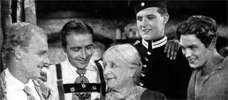
Four Sons
1928 -
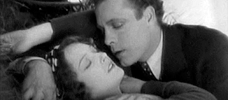
The Crowd
1928 -
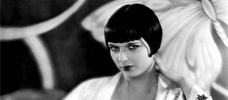
A Girl in Every Port
1928 -
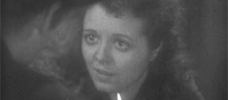
Street Angel
1928 -
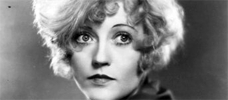
The Patsy
1928 -
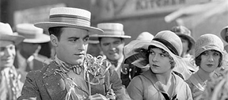
Lonesome
1928 -
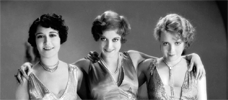
Our Dancing Daughters
1928 -
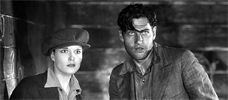
Beggars of Life
1928 -
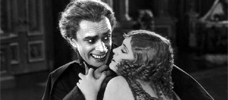
The Man Who Laughs
1928 -
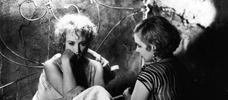
The Docks of New York
1928 -
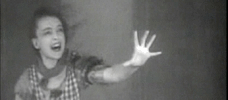
The Wind
1928 -
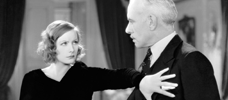
A Woman of Affairs
1928 -
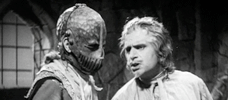
Iron Mask
1929 -
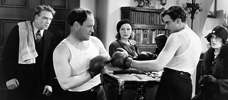
The Single Standard
1929 -
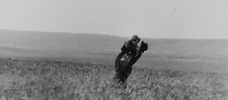
City Girl
1930 -
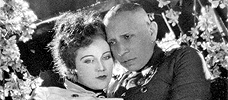
The Wedding March
1928
We don’t do comments anymore, but you may contact us here or find us on Twitter or Facebook.


